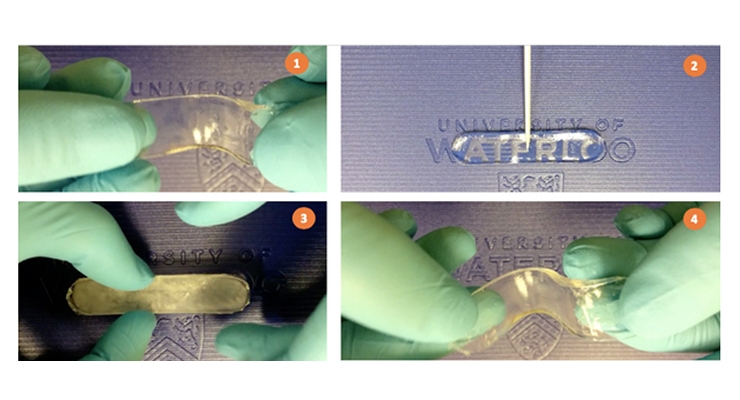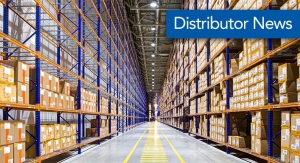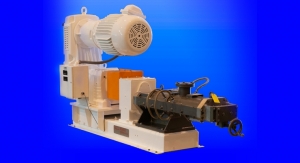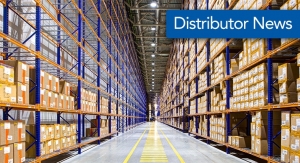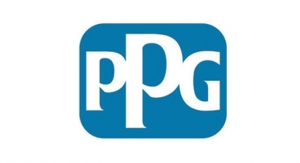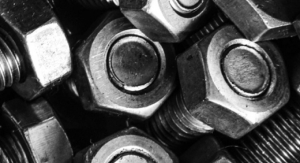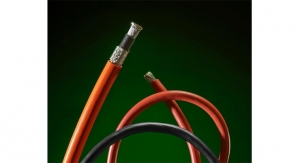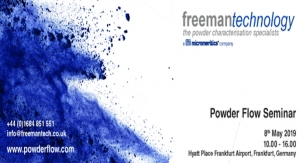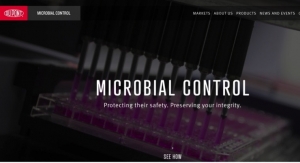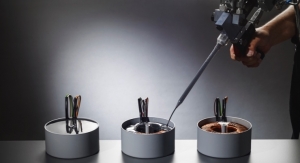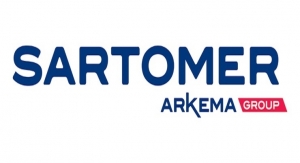07.30.19
A new material created at the University of Waterloo can switch back and forth between a hard solid or a soft gel at the same temperature, a breakthrough that offers an innovative solution to a long-standing challenge with synthetic materials by giving it both strength and shape adaptability.
The two overlapping states of sal-gel, as researchers call it, pave the way for its use as a smart material in a range of technologies including soft robotics, adhesion and adhesives, and aeronautics.
“It should be particularly effective for applications that require a gentle touch, but a firm grip,” said Aleksander Cholewinski, a Ph.D. student who was co-leader of the research. “It is a two-in-one solid that meets both of those needs.”
Sal-gel was engineered by combining supercooled melted salt with polymers to produce a transparent, stable gel.
When the gel is touched with a crystal of the salt, it triggers an effect that turns it into a hard, opaque solid. The solid is essentially frozen, but still at room temperature.
“You just touch it and it happens,” said Boxin Zhao, a chemical engineering professor who directed the work.
Supercooling, the phenomenon at the core of the concept, involves reducing the temperature of material below its normal freezing point. When applied to the gel, the salt crystal initiates the delayed freezing of the supercooled melted salt.
Temporary application of heat reverses the effect and turns sal-gel in its hard state back into its state as a soft gel.
“The underlying concept opens up a new avenue in material science in creating materials with two stable and reversible solid states,” said Kuo Yang, a Ph.D. student who first came up with the idea and was the other research co-leader.
In the field of soft robotics, researchers envision sal-gel used to make robotic arms that are soft and flexible enough to grip delicate objects, then strong and stiff enough to pick them up.
Used in an adhesive, the switchable material could conform to the contours of a surface as a gel, harden into a solid to create a strong bond and then release on-demand with the application of heat.
Cholewinski and Yang collaborated with Li Yu and Geoffrey Rivers, both postdoctoral fellows in Zhao’s lab at Waterloo.
A paper on their research, A Hybrid Material that Reversibly Switches between Two Stable Solid States, appears in the journal Nature Materials.
The two overlapping states of sal-gel, as researchers call it, pave the way for its use as a smart material in a range of technologies including soft robotics, adhesion and adhesives, and aeronautics.
“It should be particularly effective for applications that require a gentle touch, but a firm grip,” said Aleksander Cholewinski, a Ph.D. student who was co-leader of the research. “It is a two-in-one solid that meets both of those needs.”
Sal-gel was engineered by combining supercooled melted salt with polymers to produce a transparent, stable gel.
When the gel is touched with a crystal of the salt, it triggers an effect that turns it into a hard, opaque solid. The solid is essentially frozen, but still at room temperature.
“You just touch it and it happens,” said Boxin Zhao, a chemical engineering professor who directed the work.
Supercooling, the phenomenon at the core of the concept, involves reducing the temperature of material below its normal freezing point. When applied to the gel, the salt crystal initiates the delayed freezing of the supercooled melted salt.
Temporary application of heat reverses the effect and turns sal-gel in its hard state back into its state as a soft gel.
“The underlying concept opens up a new avenue in material science in creating materials with two stable and reversible solid states,” said Kuo Yang, a Ph.D. student who first came up with the idea and was the other research co-leader.
In the field of soft robotics, researchers envision sal-gel used to make robotic arms that are soft and flexible enough to grip delicate objects, then strong and stiff enough to pick them up.
Used in an adhesive, the switchable material could conform to the contours of a surface as a gel, harden into a solid to create a strong bond and then release on-demand with the application of heat.
Cholewinski and Yang collaborated with Li Yu and Geoffrey Rivers, both postdoctoral fellows in Zhao’s lab at Waterloo.
A paper on their research, A Hybrid Material that Reversibly Switches between Two Stable Solid States, appears in the journal Nature Materials.

